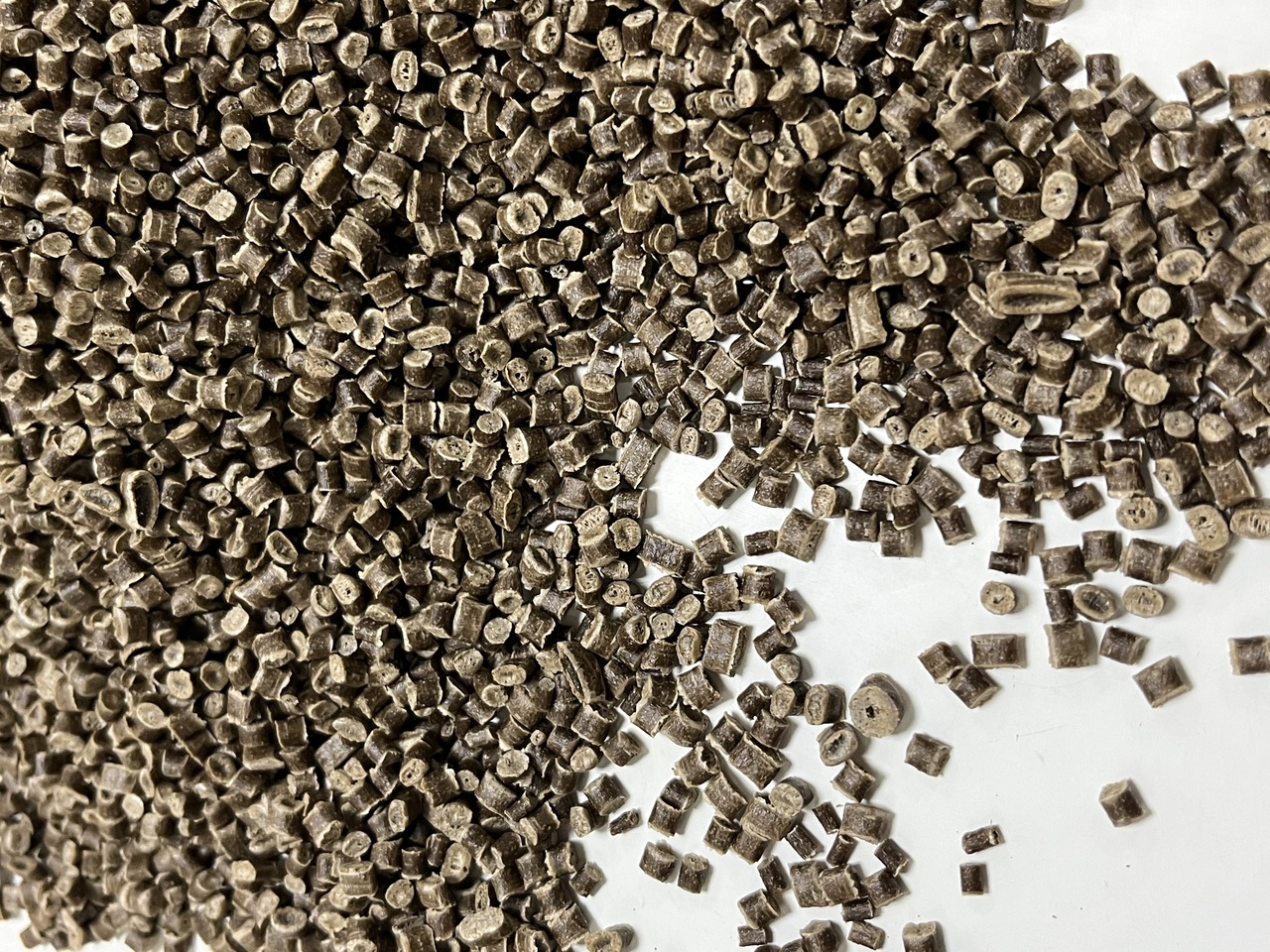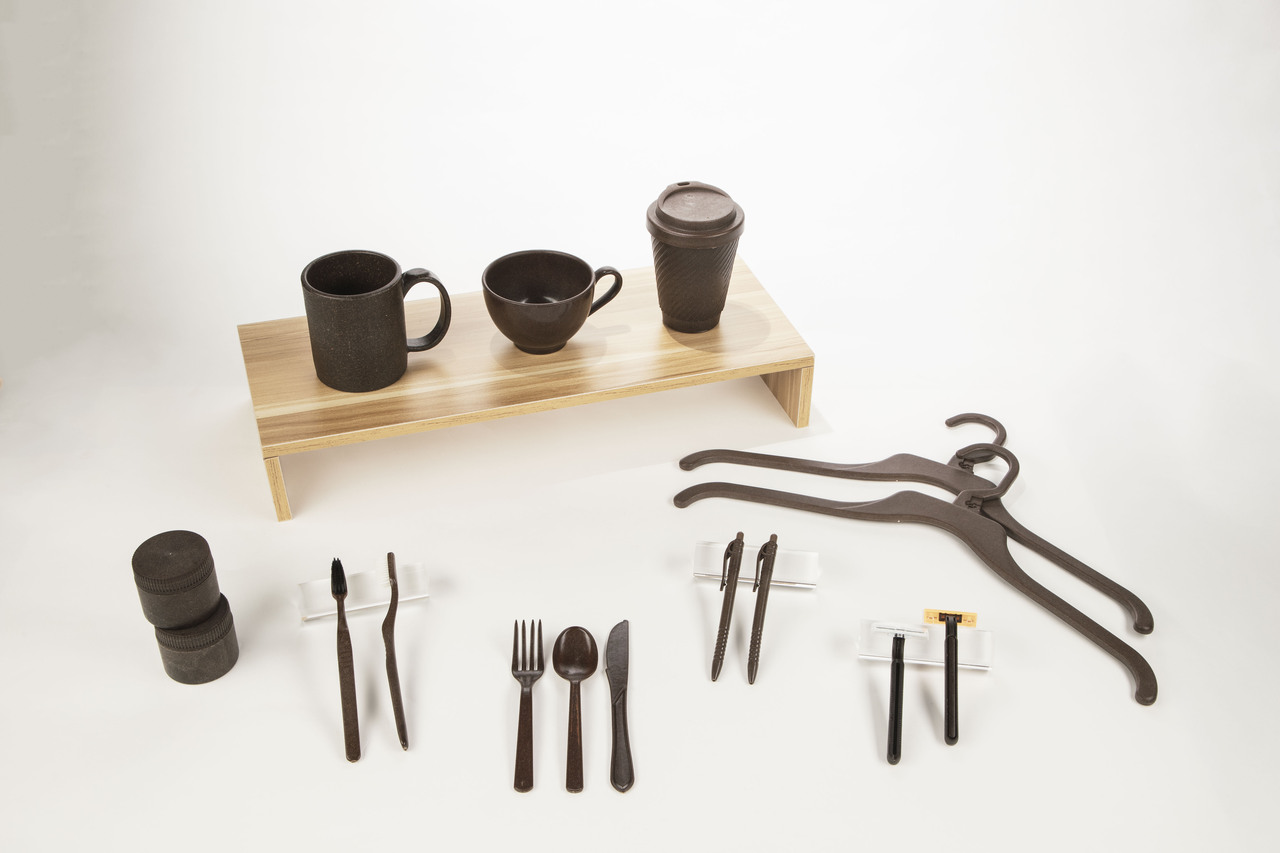Bio Plastic Sheet: A Promising Material For Our Greener Future
In a world increasingly focused on sustainability, the search for alternative materials to replace traditional plastics has gained significant momentum. One such promising solution is the use of bio plastic sheet, derived from bio-based materials. These innovative sheets offer a range of environmental benefits and have the potential to shape a greener future.
Let’s explore the advantages of bio plastic sheet and their role in promoting sustainability!
What is bio plastic sheet?
Bio plastic sheet is a type of plastic sheet that is made from bio-based materials, such as corn starch, sugarcane or coffee grounds. These materials are biodegradable and compostable, making them a more eco-friendly alternative to traditional plastics.
Bio plastic sheet can be used in a variety of applications where traditional plastics are used, such as packaging, food service products, and consumer products. They offer similar mechanical and physical properties to traditional plastics, but with the added benefit of being environmentally friendly and sustainable.
Types of bio-based materials used in bio plastic sheet
When it comes to bio plastic sheets, various bio-based materials are used in their production. These materials are derived from renewable sources and offer an eco-friendly alternative to traditional plastic sheets.
Here are some common types of bio-based materials used in bio plastic sheet:
- Polylactic Acid (PLA): PLA is a bio-based polymer derived from renewable resources such as corn starch or sugarcane. It is commonly used in the production of bio plastic sheets due to its biodegradability and versatile properties.
- Polyhydroxyalkanoates (PHA): PHA is a group of bio-based polymers produced by microorganisms through fermentation of organic materials. It is known for its biodegradability and can be used in various applications, including bio plastic sheets.
- Starch-based materials: Starch is a natural polymer derived from sources like corn, potatoes, or tapioca. It can be processed into bio-based materials that exhibit good mechanical properties and biodegradability, making them suitable for bio plastic sheet production.
- Coffee biocomposites: By combining coffee grounds with recycled plastics, this biocomposite promotes the circular economy by giving new life to both coffee waste and recycled plastics.

Biocomposites from coffee grounds.
Manufacturing process of bio plastic sheet
The manufacturing process of bio plastic sheets involves several steps that transform bio-based materials into a usable sheet form:
Raw Material Preparation: The process begins with the preparation of the bio-based materials, which are typically derived from renewable sources such as plant-based polymers or agricultural waste. These materials may be in the form of pellets, granules, or flakes.
They are carefully selected and processed to ensure quality and consistency.
- Material Blending (if applicable): In some cases, different bio-based materials may be blended together to achieve specific properties or enhance performance. This blending process involves carefully measuring and mixing the materials in precise proportions to create a homogeneous mixture.
- Extrusion: The material is heated and melted as it travels through the barrel. The rotating screw helps to mix and homogenize the molten material while applying pressure.
- Die Design and Calendering: The molten material shapes the material into a continuous sheet form. The die can be customized to achieve the desired thickness, width, and surface texture of the sheet. Once the material exits the die, it is passed through a series of rollers, known as calendering, to further refine its thickness and smoothness.
- Cooling and Solidification: As the sheet leaves the calendering rollers, it enters a cooling section. The sheet is cooled rapidly to solidify the material and stabilize its structure. This cooling process may involve the use of chilled rollers or cooling fans to ensure uniform solidification.
- Trimming and Finishing: Once the sheet has solidified, it is trimmed to remove any excess material or irregular edges. The trimmed sheets are then inspected for quality control, ensuring they meet the required specifications in terms of dimensions, appearance, and physical properties.
- Optional Processing: Depending on the intended application, additional processing steps may be involved. This can include treatments like surface coating, lamination, embossing, or printing to enhance the aesthetic appeal or add specific functionalities to the bio plastic sheet.
- Packaging and Distribution: The finished bio plastic sheet is carefully packaged to protect them during transportation and storage. They are then distributed to various industries and manufacturers where they will be used for a wide range of applications.
The manufacturing process of bio plastic sheet can be customized and optimized based on the specific requirements of the product and the desired properties of the end-user. Manufacturers may employ different techniques and equipment to achieve the desired sheet characteristics, ensuring they meet industry standards and customer expectations.
The way bio plastic sheet become a promising material for a greener future
Environmental Benefits of Bio Plastic Sheet:
- Reduced carbon footprint: Bio plastic sheet is made from renewable resources, such as plant-based polymers, which result in lower greenhouse gas emissions compared to fossil fuel-based plastics.
- Biodegradability: Many bio plastic sheets are biodegradable, meaning they can break down naturally into non-toxic components, reducing the impact on the environment.
- Reduced dependency on fossil fuels: By using bio-based materials, bio plastic sheets help decrease reliance on finite fossil fuel resources, promoting a more sustainable future.
Versatility and Functionality:
- Similar properties to traditional plastic sheets: Bio plastic sheet offers comparable physical and mechanical properties to traditional plastics, making them suitable for a wide range of applications.
- Customization and versatility: Bio plastic sheet can be tailored to specific requirements, including thickness, transparency, and flexibility, allowing for diverse applications in industries such as packaging, construction, and automotive.
>>>> Learn more at: Breaking Down Biodegradable Bioplastics: How Do They Work?
Applications of Bio Plastic Sheet
- Packaging: Bio plastic sheet is increasingly used in the packaging industry as a sustainable alternative to traditional plastic packaging materials. They can be molded into various shapes and sizes, providing excellent protection for products while minimizing environmental impact.
- Construction: Bio plastic sheet can be used in the construction sector for applications such as insulation, roofing, and wall cladding. Their thermal and moisture resistance properties make them a viable choice for sustainable building materials.
- Agriculture: Bio plastic sheet finds applications in agriculture, including greenhouse coverings, mulch films, and plant pots. These sheets can provide protection and support for crops while being biodegradable and environmentally friendly.

Bio plastic sheet offers similar properties to traditional plastic sheets so this promising materials have a wide range application.
Contact us
AirX is the world's first carbon-negative bio-material made from coffee grounds manufacturer.
We specialize in producing bio-based composites using recycled carbohydrates derived from by-products such as coffee grounds, coconut husk, husk, and bamboo. Our goal is to promote sustainability through the use of eco-friendly materials.
We are always here to help and provide the best service possible. If you have any questions or would like to receive advice and feedback directly from our sales staff, please do not hesitate to contact us. You can reach us through:
- Whatsapp: +84 969 742 950
- Email: [email protected]
We look forward to hearing from you!

